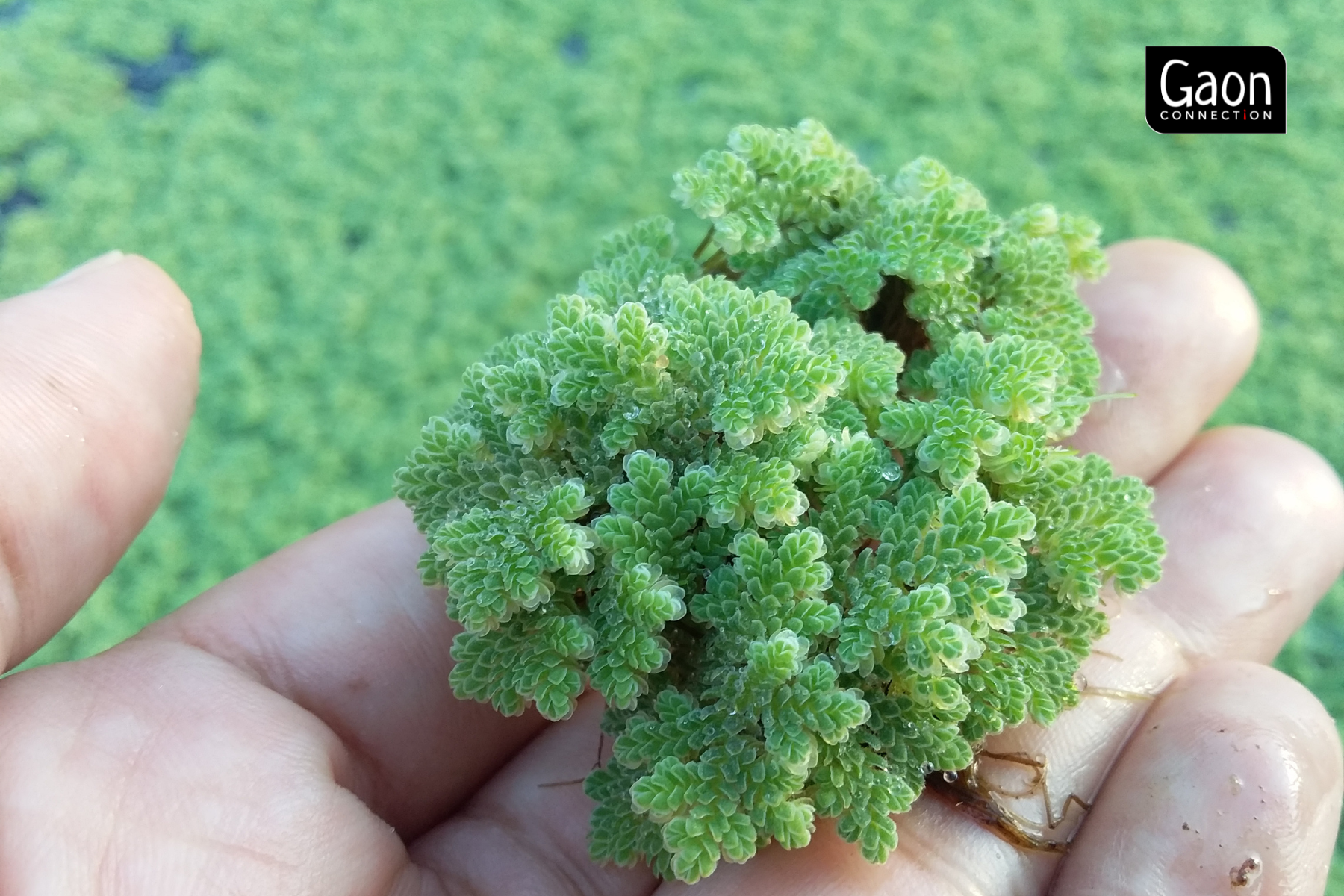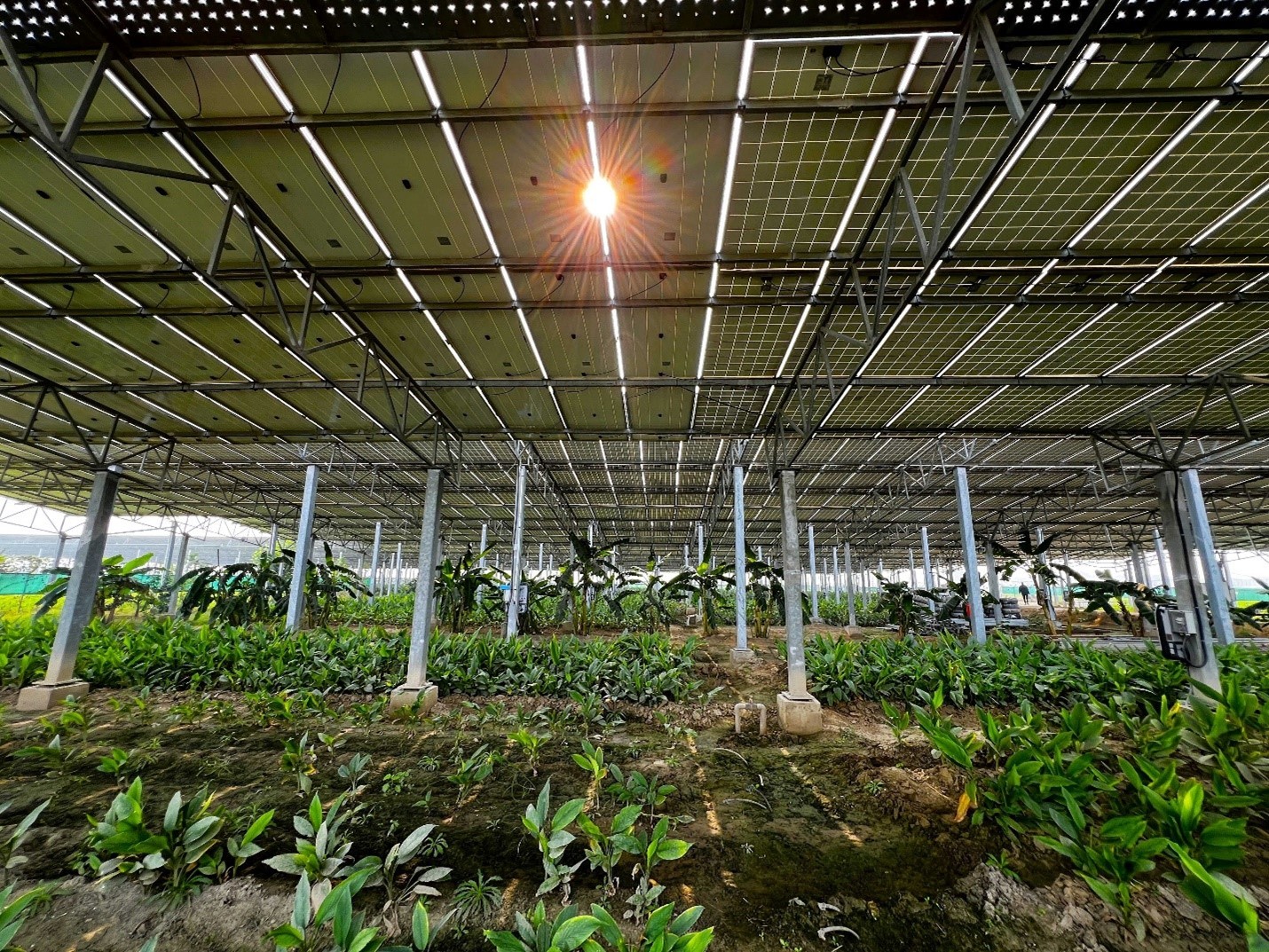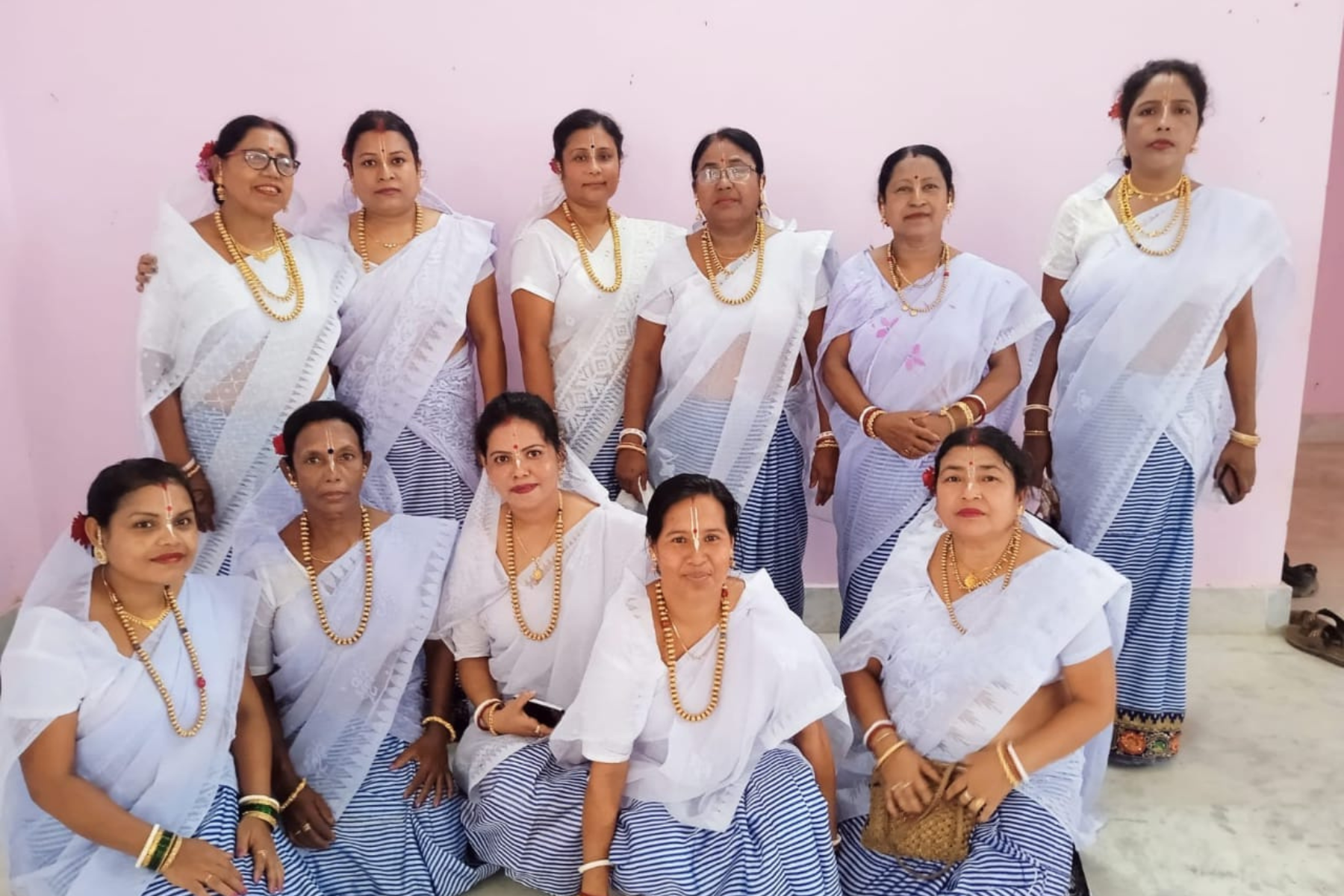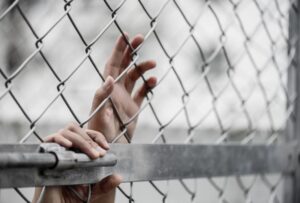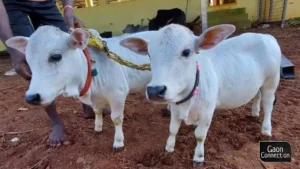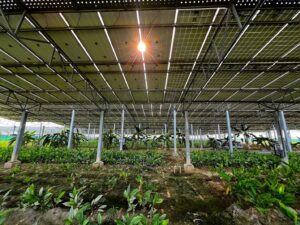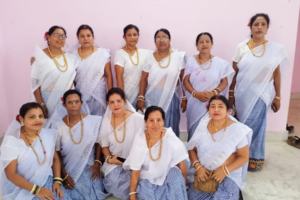Two months ago, 16-year-old Sumi Roy, from a village in Cooch Behar district of North Bengal, over 700-kilometre from Kolkata, was married off against her will to a 20-year-old boy from a neighbouring village. Her father, a farmer, was in heavy debt and wanted to reduce some of his ‘burden’ by marrying her off. A marriage in the COVID-19 lockdown also meant less wedding expenditure.
Upon hearing about her marriage, Sumi protested and informed the state’s child helpline by dialing 1098. The local police intervened and warned her parents. However, the same night, her wedding to the boy was solemnised quietly in their small hut. But, Sumi did not give up and created a ruckus at her in-laws house leading to police intervention and her rescue from a forced and an illegal marriage below the age of 18 years.
“I was petrified. The moment I reached the groom’s place, I created a ruckus by screaming till I woke up the neighbours who gathered around and the police arrived,” Sumi narrated her ordeal to Gaon Connection. An FIR has been lodged against her parents and the groom’s family as well.
It is not uncommon in the villages of Bara Atharakotha and Chhota Atharakotha in Cooch Behar district of West Bengal for girls to be married at the age of 15 or younger and even bear children. As per the Indian government’s Child Marriage Restraint Act, 1929, a boy has to be 21-year-old and girl 18-year-old for solemnising of the marriage. But that hasn’t stopped child marriages in the country, especially in the low-income group families.
According to the Union health ministry’s National Family Health Survey-4: 2015-16, West Bengal accounts for 25.6 per cent of child marriage of girls aged 15-19 years in the country.
The state also has the dubious distinction of having one of the highest numbers of teenage pregnancies in the country. A 2020 report by the Observer Research Foundation says, at least 27 per cent of women in India are married before the legal age of 18 years. The trend is higher in West Bengal (44 per cent), Bihar (42 per cent), Jharkhand (39 per cent), and Andhra Pradesh (36 per cent) and lowest in Lakshadweep (5 per cent), Jammu & Kashmir, and Kerala (9 per cent).
“We have partnered with the state government to run seven child helplines across West Bengal. Over the last two years, we have prevented nearly 1,932 cases of child marriage in the state and received around 966 child marriage calls on the child helplines,” Lopamudra Mullick, programme manager (Child Protection) at Child in Need Institute (1800 121 5323 Teenline by CINI), a non-profit, based in South 24 Parganas, West Bengal, told Gaon Connection. The Teenline by CINI is 1800 121 5323.
Cooch Behar district in north Bengal is one of the top eight child marriage-prone districts in West Bengal. More than half the marriages — 54 per cent –in the district are child marriages, as per the District Child Protection Unit. These numbers have remained the same for five years now. The other child marriage-prone districts are North and South 24 Parganas, Murshidabad, Malda, Howrah, North Dinajpur, Jalpaiguri and East Mednipur.
Between March 1 and August 15 this year, amid the COVID-19 pandemic and the lockdown, 119 child marriage cases were reported in Cooch Behar district, as recorded by the District Child Protection Unit. Of these, 97 marriages were stopped and seven FIRs were lodged. The rest of the cases were related to elopement and are under investigation.
Meanwhile, last year, from August 2019 to early this year in February 2020, 192 child marriage cases were reported in the district.
“Cooch Behar has just two child helplines, and that is woefully inadequate,” Snehashis Chowdhury, district child protection officer told Gaon Connection. “The pandemic has made our work even more difficult. We were conducting awareness programmes to educate the panchayats. That has stopped now and many outreach workers are infected or quarantined,” he added.
According to him, sometimes, the District Child Protection Unit is tipped off about child marriages in remote villages such as Tufanganj, Dinhata, Mathabhanga, Mekhliganj and Haldibari. “We receive the information just a couple of hours before the marriage. Some of these villages are located closer to Assam or the Bangladesh border, and even the police find it difficult to reach there in time,” he lamented.
Paying for underage marriage
Four months ago, Kusum Khatun was married to 18-year-old Amir Haq. She had only studied till the sixth. “My in-laws saw me and because they thought I was beautiful they demanded less dowry. My parents agreed,” said the 15-year-old who is already pregnant. “It was convenient for my parents to conduct the wedding during the lockdown as the wedding expenses were greatly reduced,” she stated.
Paulami Das who wanted to become a teacher was forced to discontinue studies after standard eight even though she was a good student. Five months ago, the 15-year-old was married off to 18-year-old Hemant Das. “I begged my parents to allow me to continue studying so that I could get a job and look after them, but they didn’t agree,” Paulami, who is now pregnant, told Gaon Connection.
Like her, Rosida Khatun was also not allowed to finish her schooling and was married off at an age of 15. Within a year she gave birth to her first child. Three years later she had her second baby. Thus, by the time she was 19, she already had two kids. To make both the ends meet, she and her husband now work as contract labourers. “I wish I had at least studied till class ten. Maybe I could have landed a government job,” she told Gaon Connection.
Lured and sold off
Sometimes, the teenage girls, lured by promises of marriage and a better life, run away from home. Like 16-year-old Rupa Khatun eloped with 20-year-old Riju Haq during the lockdown. “We thought the lockdown was the best time to run away as tracing our whereabouts would be more difficult. The plan worked out well in our favour,” said Rupa who is already pregnant.
Similarly, 16-year-old Reshma Khatun eloped with 19-year-old Abu Siddik from her own village and both got married. “We come from a very poor family background. Baba is a farmer and has debts. I overheard him and maa discussing my wedding with someone I did not know. That terrified me,” said Reshma who is also pregnant.
Child marriages often lead to trafficking of the girls and nightmarish hell as it did for 14-year-old Riya Roy who eloped with her boyfriend to get married. Instead, she was sold off into the flesh trade and for almost a year was forced to service many men in a day in Delhi. Finally, when she was rescued, she bore the marks of violence, both physical and mental, and was severely truamatised. After counselling sessions and rehabilitation, she went back to school and passed her tenth exam this year.
“Preventing child marriages is an uphill task,” Iti Biswas, health assistant from the sub-health centre Bara Atharakotha in Cooch Behar told Gaon Connection. “In January this year, we stopped a 15-year-old’s wedding. But within a few days the family left the village and returned without the girl. Some months later, the girl visited the health centre, six months pregnant,” narrated Biswas. According to her, in such a situation, the first priority is saving the life of a young mother. There is also the problem of an uncooperative panchayat, political goons and a widely held belief that breaking marriages is evil, she added.
The biggest challenge, Chowdhury said, is changing the mindsets of people who think there is nothing wrong with child marriage, a practice of their forefathers.
“We want to educate every individual in the society. Boys who marry at the age of seventeen or eighteen must realise it is illegal and they can only marry after they turn twenty one,” Sudeshna Roy, special consultant with West Bengal Commission for Protection of Child Rights told Gaon Connection. The Commission’s helpline numbers are: 9836 300 300 (WhatsApp) and 033 6824 6363.
According to her, the reported cases and prevented marriages were but the tip of the iceberg. “Though the POCSO [Protection of Children from Sexual Offences] Act is a gender neutral law, our question is; if the girl is 16 and the boy is 19, they get married and live together, where does the POSCO apply here? Who is the victim and the perpetrator here, because both are minors,” she asked.
The West Bengal Commission for Protection of Child Rights has aggressively conducted awareness programmes through webinars, pamphlets and posters on the evils of child marriages. “We are developing a board game called ‘Escape the Trap’ that we will distribute in November to schools. In the course of the game, the players will have to escape traps of early marriage, love affairs at a young age, trafficking,” Roy explained. Also, school text books of the West Bengal state board carry a page with information on child rights and important phone numbers where child marriages can be reported.
Ekhon Biye Noy (No Marriage Now) is the message, anti-child marriage activists are spreading in the state. Whether it will save other Sumis, Rosidas and Rupas remains to be seen.
Some of the names in the story have been changed to protect the identity of the people. Names of the villages they come from are withheld for the same reason.


